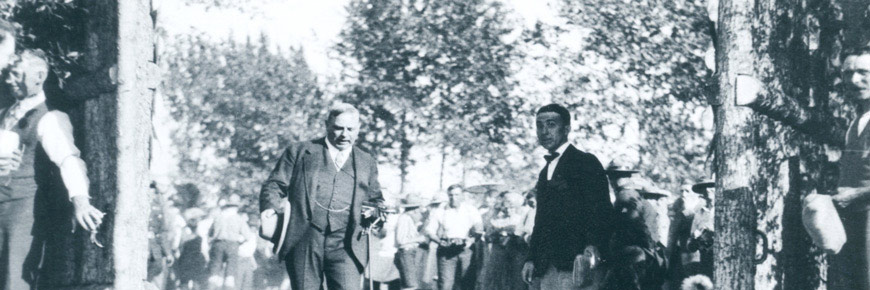
Foundation of Prince Albert National Park
Prince Albert National Park
Prince Albert National Park was established in 1927 after years of political manoeuvring by constituents in the city of Prince Albert. Prime Minister William Lyon McKenzie King came himself to open the park in an official ceremony in August of 1928. In his speech, he highlighted the value of the conservation of nature over commercial interests. MacKenzie King stayed only a single night in the cabin built to host him, a heritage building that still exists in private hands on Prospect Point today. Since the park’s founding in the 1920s, generations of visitors, largely from Saskatchewan, have made this place a summer home away from home.
Prince Albert National Park lies in Treaty 6, traditional territory of the Woods Cree, Plains Cree, Dakota, Dene, and homeland of the Métis. When the park was opened in 1928, it was intended to be “Saskatchewan’s playground”: a natural recreation space where Canadians could retreat and rejuvenate. However, while this landscape was framed by park officials and politicians as an untouched wilderness, it was only made so by the forcible removal of Indigenous people from within what became the park boundaries. Members of local communities such as Montreal Lake Cree Nation and Sturgeon Lake First Nation were made unwelcome by park staff and were prevented from using their territory by criminalizing fishing, hunting, and harvesting, as they had done for generations. Here, as in many Indigenous communities in Canada, Indian agents also discouraged people moving off-reserve for hunting or harvesting. In recent years, Prince Albert National Park has been striving to tell a fuller history of this territory, including difficult stories like these which acknowledge the harm the federal policies did to communities.
The original park borders were different than what they are today. They extended further east through to Montreal Lake, and with the northern border ending at the North shore of Crean Lake. The boundaries cut off Montreal Lake Cree Nation community members from their traditional fishing and hunting grounds. In 1929, new borders were negotiated between federal departments without consultation of local community members, and the park boundaries were shifted to exclude Montreal Lake but included Pelican Lake, where Metis trapper Louis Lavallee and his family had been living for decades. Park officials removed the Lavallees in the 1930s, citing the need for preservation of the lake and its wildlife. However, the park was encouraging commercial development in and around Waskesiu Lake in the same time period. These events still impact families generations later.
- Date modified :